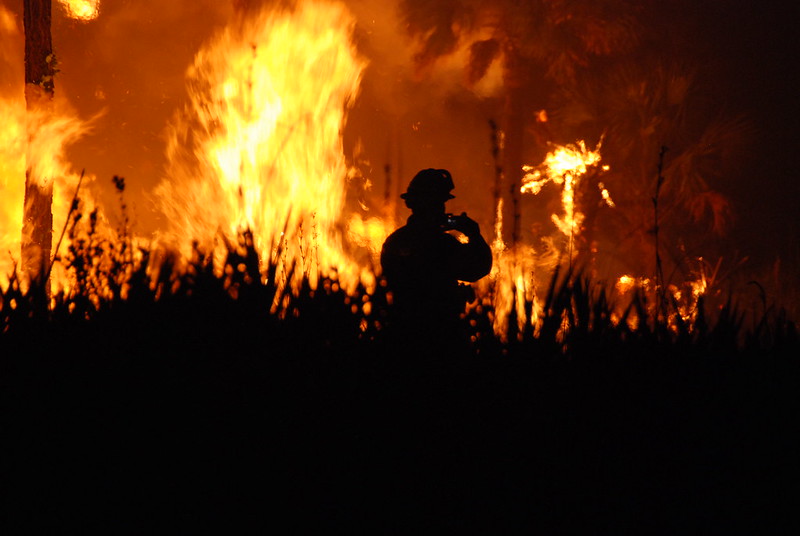 The year 2021 is setting records in extreme heat and droughts, and Turkey is currently facing its worst heatwave in 30 years. On July 28, 2021, wildfires began to spread across the southwest coastline of Turkey. A total of 156 destructive blazes erupted and killed nine people, during these natural disasters in Turkey. The strong winds, low humidity and temperatures above 204 degrees Fahrenheit helped spread the fires quickly and made it extremely difficult to work towards putting out the fires. According to the Mugla municipality, wildfires have already affected more than 230,000 acres in Turkey.
The year 2021 is setting records in extreme heat and droughts, and Turkey is currently facing its worst heatwave in 30 years. On July 28, 2021, wildfires began to spread across the southwest coastline of Turkey. A total of 156 destructive blazes erupted and killed nine people, during these natural disasters in Turkey. The strong winds, low humidity and temperatures above 204 degrees Fahrenheit helped spread the fires quickly and made it extremely difficult to work towards putting out the fires. According to the Mugla municipality, wildfires have already affected more than 230,000 acres in Turkey.
Under Fire
Disputes have emerged as to whether or not Turkey’s government was prepared to handle such natural disasters. Turkish President Recep Tayyip Erdogan is receiving criticism for not purchasing properly equipped firefighting planes despite knowing that Turkey often faces wildfires.
The fires began in mountainous southwest Turkey, meaning ground intervention was not possible. Despite the Turkish Aeronautical Association containing previous fires with planes, the government claimed to have no water-dropping planes in inventory.
Floods Follow Fire
Changing weather is causing more extreme environmental events throughout the world, and Turkey is facing several of these disasters. By August 9, 2021, heavy rainfall helped put out all but two fires. Just days after, starting August 11, 2021, Turkey faced flash floods that swept through the Black Sea Coast. With a current death toll of 77 and 47 people still missing, the torrents of water and debris are devastating from these Natural DIsasters in Turkey.
The most heavily hit area is Kastamonu province, where apartment buildings experienced destruction after the Ezine river burst its banks. Additionally, the floods collapsed buildings, destroyed bridges, clogged the streets and cut the power supply. Over 1,700 people were evacuated, with boats and helicopters rescuing many citizens.
Natural Disasters and Poverty
There is a clear connection between natural disasters and poverty; natural disasters disproportionately affect poor people. Following the COVID-19 pandemic in 2020, Turkey’s poverty rate rose above 12%, meaning that these natural disasters will heavily affect many people. Unfortunately, the Turkish government did little to deal with the economic impact of COVID-19, and the lack of support contributed to rising poverty levels.
When facing poverty, any amount of impact on assets or consumption levels is a threat. Often, those facing poverty have to accept living in more risky areas due to affordability, which can lead to devastating outcomes during natural disasters. Additionally, people in low-income countries have less infrastructure to protect them.
A World Bank report found that the impact of extreme weather events on poverty is even more devastating than previously thought. Each year, natural disasters cause consumption losses of $520 billion and push 26 million people into poverty.
Often, events like these increase the damage to buildings, infrastructure and agriculture. These losses only represent the losses of those wealthy enough to lose something, and they fail to show the magnitude that the world’s poor suffer. With this idea in mind, the World Bank warns that natural disasters are a huge impediment to ending global poverty, and it is essential that poor people receive social and financial protection from unavoidable disasters.
The Good News
Poland sent firefighters, police officers and equipment to Turkey in order to help deal with the fires and flooding. Additionally, hundreds of Turkish volunteers banded together to help fight the fire. Volunteers formed a human chain to help carry equipment to firefighters and even put out a hillside fire with instruction from fire crews.
Turkish Philanthropy Funds has set up a Wildfire Relief Fund in order to provide support during the wildfires in Turkey. This support includes provisions of food and emergency aid to help those affected.
– Jacqueline Zembek
Photo: Flickr
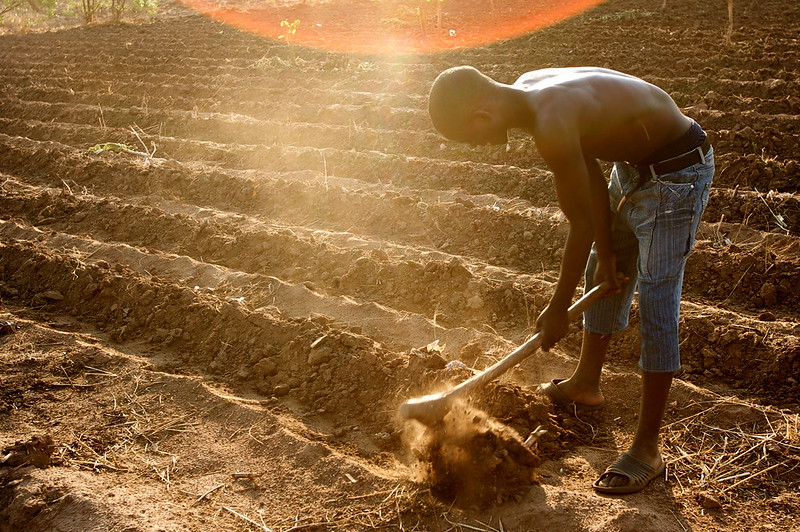 Brazil, among other countries, has been ravaged by the COVID-19 pandemic, suffering one of the
Brazil, among other countries, has been ravaged by the COVID-19 pandemic, suffering one of the  Currently, approximately
Currently, approximately 
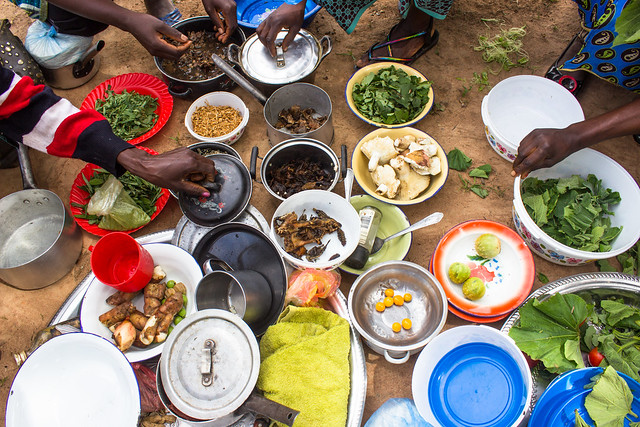 According to the Council on Foreign Relations,
According to the Council on Foreign Relations, 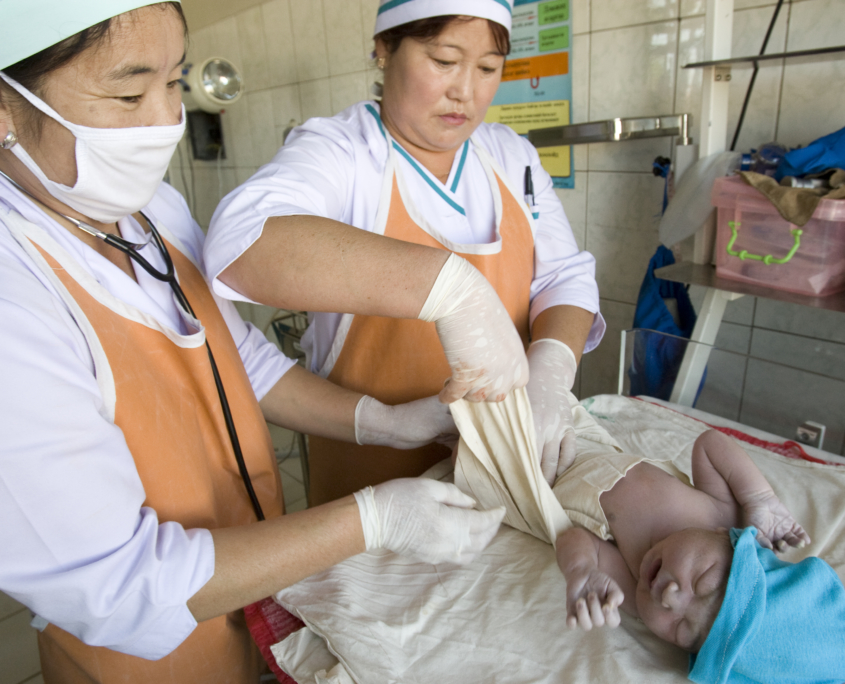 In recent years, the nomadic population of Mongolia has seen negative impacts from environmental changes. Extreme winters have killed off much of their livestock, resulting in widespread food insecurity. As younger generations become less interested in agricultural jobs, fewer opportunities lie in the rural region of Mongolia. Due to these factors, healthcare accessibility has become limited. Healthcare has affected Mongolia’s childbirth practices significantly. However, improvements in healthcare are on the horizon for Mongolia’s people. In recent years, Rotary Club member Julie Dockrill has trained mothers and healthcare providers in Mongolia, improving education regarding childbirth. Dockrill’s work is critical for women living without access to hospitals. With progress such as Dockrill’s education initiative, maternal and infant mortality rates are beginning to decrease.
In recent years, the nomadic population of Mongolia has seen negative impacts from environmental changes. Extreme winters have killed off much of their livestock, resulting in widespread food insecurity. As younger generations become less interested in agricultural jobs, fewer opportunities lie in the rural region of Mongolia. Due to these factors, healthcare accessibility has become limited. Healthcare has affected Mongolia’s childbirth practices significantly. However, improvements in healthcare are on the horizon for Mongolia’s people. In recent years, Rotary Club member Julie Dockrill has trained mothers and healthcare providers in Mongolia, improving education regarding childbirth. Dockrill’s work is critical for women living without access to hospitals. With progress such as Dockrill’s education initiative, maternal and infant mortality rates are beginning to decrease.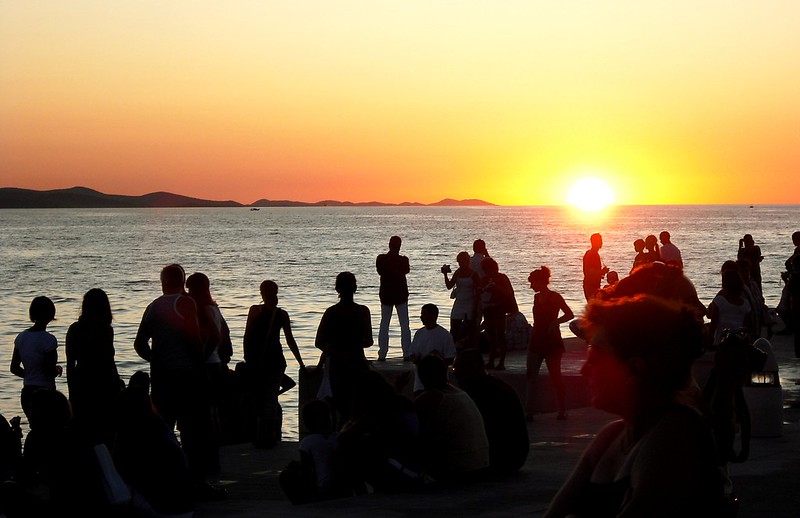 The Republic of Croatia is a country located in Central and Southeast Europe, bordering Serbia, Hungary, Slovenia and Montenegro. Since proclaiming independence in 1991, the country introduced policies, programs and reforms to improve the quality of life of its citizens. But, COVID-19’s impact on women and poverty in Croatia has had serious consequences for the country.
The Republic of Croatia is a country located in Central and Southeast Europe, bordering Serbia, Hungary, Slovenia and Montenegro. Since proclaiming independence in 1991, the country introduced policies, programs and reforms to improve the quality of life of its citizens. But, COVID-19’s impact on women and poverty in Croatia has had serious consequences for the country.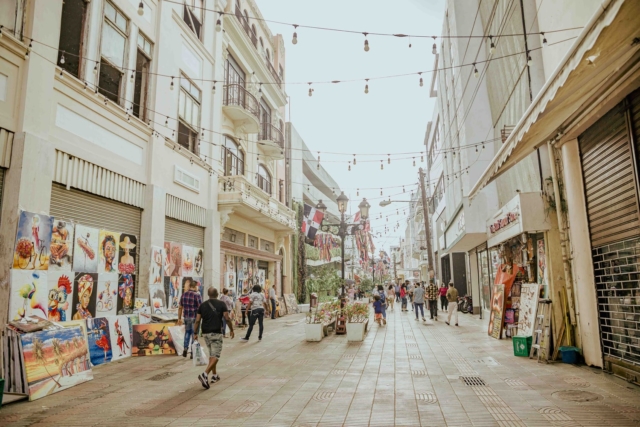 Remittances have become an integral part of the Dominican Republic’s economy. Furthermore, remittances in the Dominican Republic have helped alleviate some of the economic consequences of the COVID-19 pandemic, reducing poverty throughout the country.
Remittances have become an integral part of the Dominican Republic’s economy. Furthermore, remittances in the Dominican Republic have helped alleviate some of the economic consequences of the COVID-19 pandemic, reducing poverty throughout the country.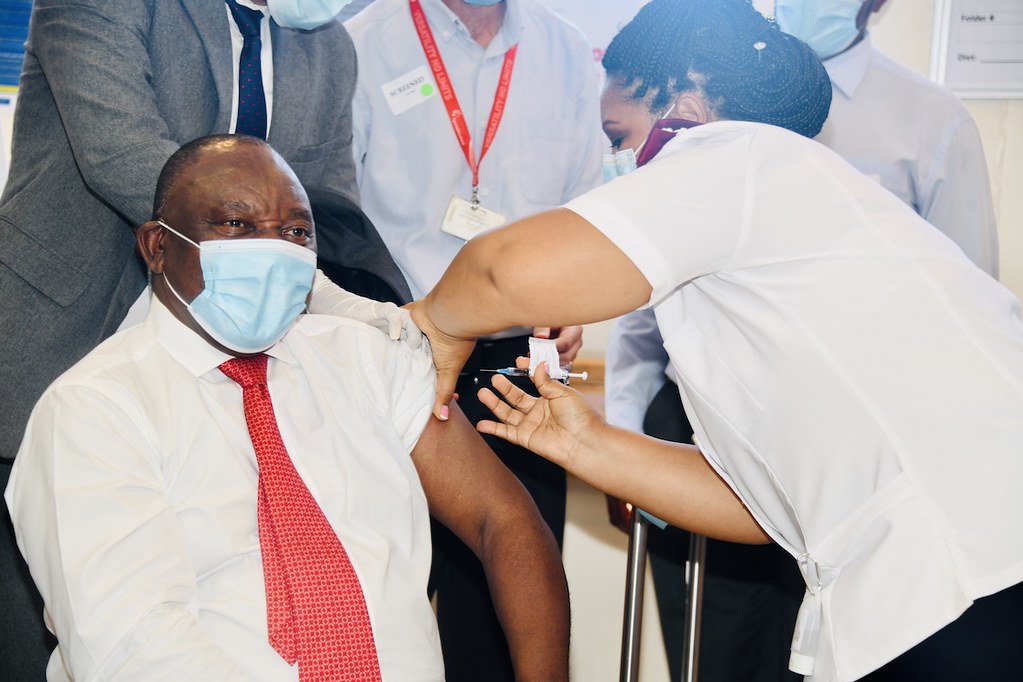 As COVID-19 cases soared in South Africa in June 2020, the country endured a severe lockdown. During this lockdown,
As COVID-19 cases soared in South Africa in June 2020, the country endured a severe lockdown. During this lockdown, 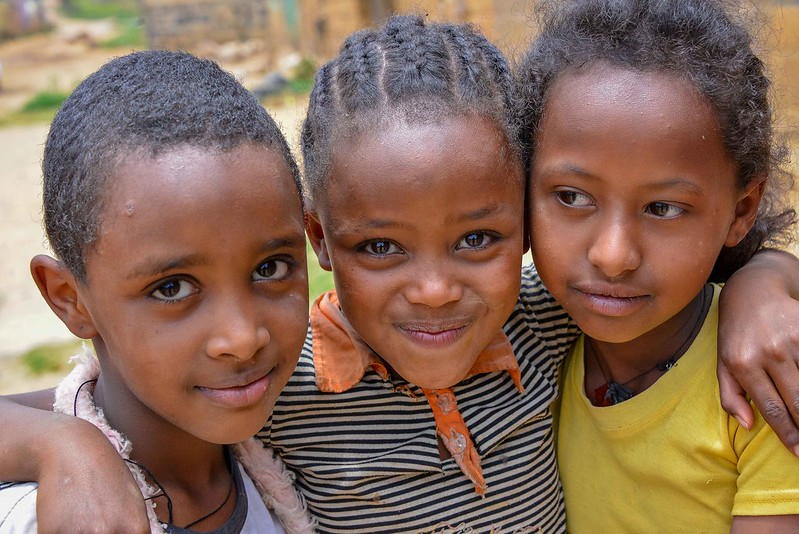 From June 30 to July 2, the United Nations Women held a global meeting in Paris consisting of representatives from around the world. This meeting was called the
From June 30 to July 2, the United Nations Women held a global meeting in Paris consisting of representatives from around the world. This meeting was called the 